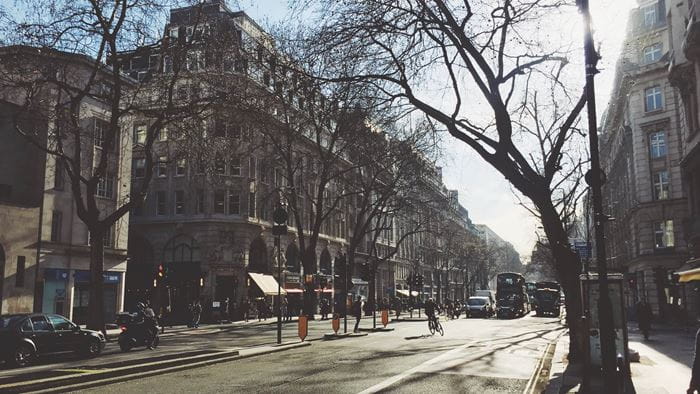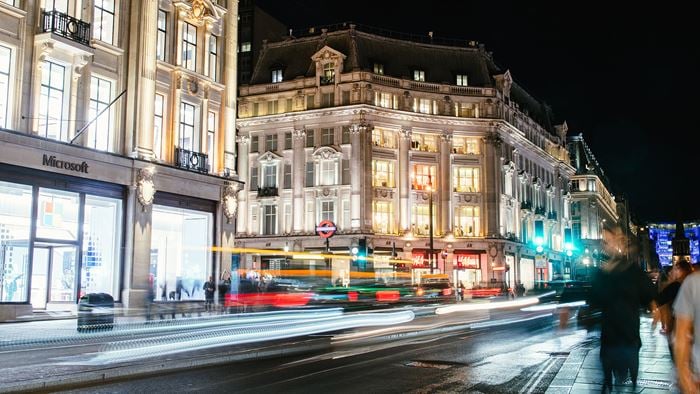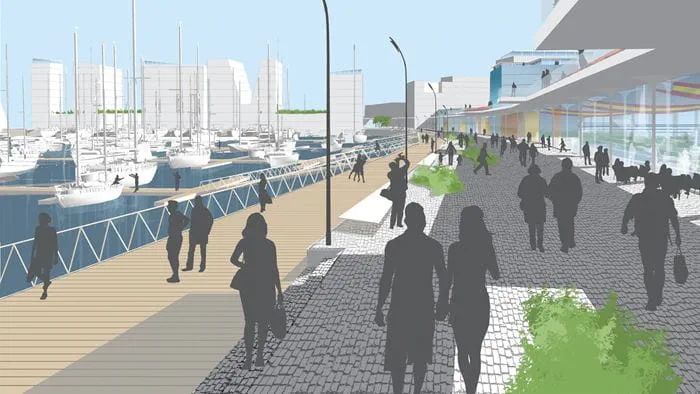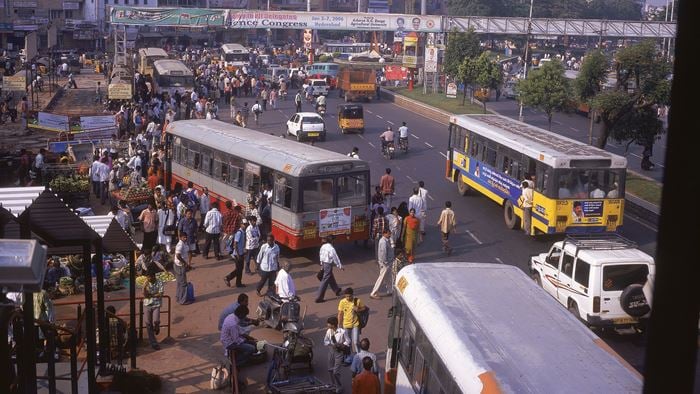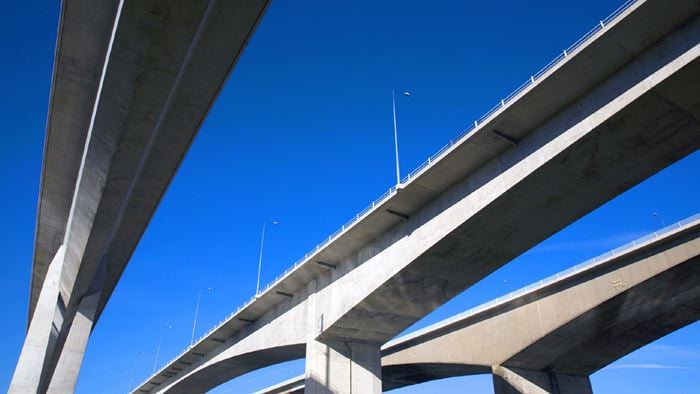Stratford City is a mixed-use development located on former rail lands in East London that aimed to drive economic, social, and cultural regeneration in the area. Since hosting the 2012 Olympics, the development has become a thriving metropolitan centre that includes Europe’s largest single retail development, a large residential area, and an area for commercial offices – as well as numerous leisure facilities, community facilities, and open spaces.
Throughout the project, Arup advised on a wide range of challenges relating to energy, sustainability, daylight, and wind engineering. We also provided masterplanning, infrastructure design, transport planning and project management services. These capabilities all came together to transform Stratford City, providing a sustainable and vibrant space where people want to live, work, and visit.
Project Summary
£4bn project
73hametropolitan centre
15-20yeardevelopment
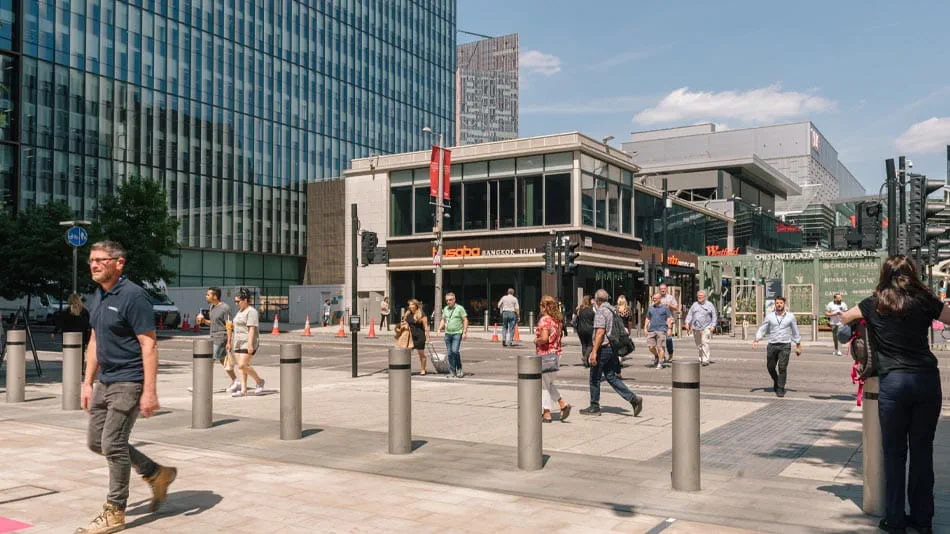
Building a lasting legacy
In 1989, the UK Government chose our plans for the £5.8bn High Speed 1 (HS1) rail link. This aimed to revive Stratford’s redundant rail yards to create a new regenerative development in East London. The HS1 project originally intended to cut across this brownfield site. However, recognising the area’s untapped potential for commercial revival, our team chose to alter this planned route to save the site.
The very same site has since grown into a flourishing commercial hub. Our collaboration with Stratford City and retail developer, Westfield, was key to this success. Working together, we created plans for road networks, bridge design, utilities, and station facilities that represented the next chapter of the area’s rejuvenation.
Integrating seamlessly with the altered HS1 route, the completed development has transformed the lives of people living and working in Stratford. The new Westfield retail complex proved to be a catalyst for the local community’s economic development; reinvigorating the area’s commercial scene and providing on-door-step employment opportunities for nearby residents. With Stratford International Station just next door, commuters can also benefit from easy access to the retail centre, increasing employment for both the surrounding area and across London.
Ultimately, the Stratford City development and the HS1 rail link played a pivotal role in the London 2012 bid that won over the International Olympic Delegate. After successfully hosting the London Olympics in 2012, the development continues to enrich the lives of Londoners to this day.

Creating a sustainable strategy
Since 2002, our team has been creating an Environmental Statement (ES) to accompany the project’s original outline planning application, while also managing the Environmental Impact Assessment (EIA) process and producing specialist assessment chapters.
Through this work, we have created environmental mitigation strategies that are comprehensive, yet still flexible enough to allow for change over the planned 15–20-year development period. This helps improve the project’s resilience and avoid the need for future interventions, which could result in increased costs and carbon emissions. Building on these robust foundations of environmental expertise, the project team was able to create a sustainable mixed-use development for future generations.
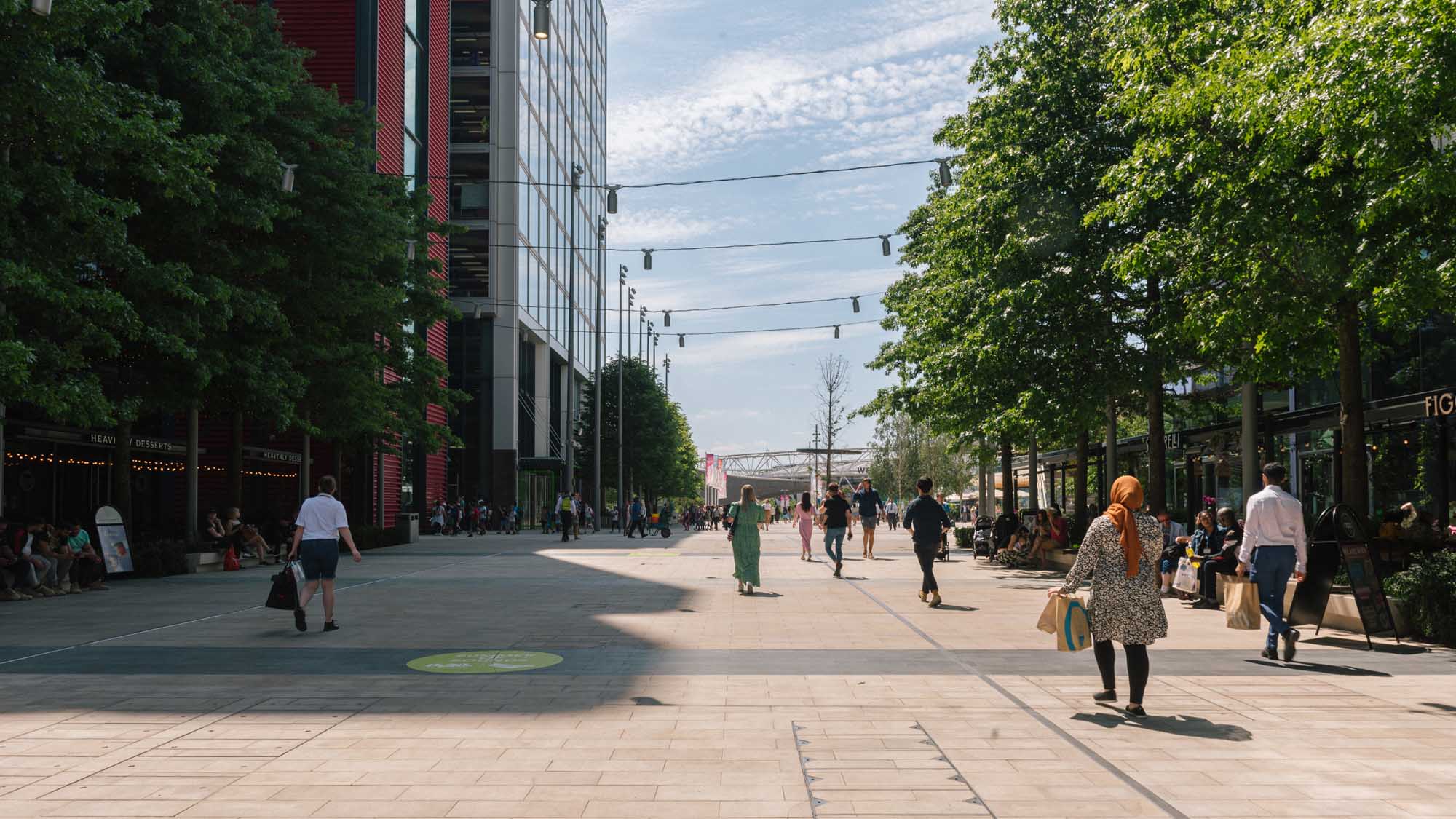 ;
;

